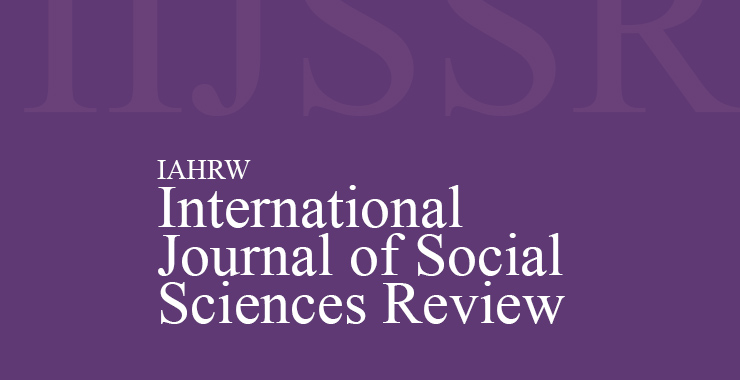Community Needs of Adolescents from Low Socio-economic Background
Original price was: ₹ 201.00.₹ 200.00Current price is: ₹ 200.00.
Page: 124-132
N. Annalakshmi1, T. Aasa2, and S. Sampath Kumar3 (Department of Psychology, Bharathiar University, Coimbatore, Tamil Nadu1,2 and Department of Sociology and Population Studies, Bharathiar University, Coimbatore, Tamil Nadu3)
Description
Page: 124-132
N. Annalakshmi1, T. Aasa2, and S. Sampath Kumar3 (Department of Psychology, Bharathiar University, Coimbatore, Tamil Nadu1,2 and Department of Sociology and Population Studies, Bharathiar University, Coimbatore, Tamil Nadu3)
Adolescence represents a crucial stage in life, where adolescents face opportunities and challenges that significantly impact health and development and persist through adulthood. Understanding and identifying community needs serve as a mechanism to gain the necessary information to make informed choices about adolescent and community health. The present study aims to explore the community needs of adolescents from low socioeconomic backgrounds. Data were collected from a purposive sample of 809 households, with 206 male and 603 female respondents. The respondents were in the age group 17 to 90 years (M =45.73; SD =15.95). Participants completed the self-report measure of community needs. The participants were drawn from the households of adolescent students from low socioeconomic backgrounds. A descriptive statistical analysis was carried out. The participants reported community needs in domains like safety, health, civic facilities, education, economy, and community engagement and initiatives. Recognizing and addressing these needs can be used as a foundation for developing an intervention to enhance and gain control over residents’ lives, particularly adolescents’ health, thereby fostering community resilience. By conducting assessments, researchers can identify the areas requiring intervention, aiding policymaking. Moreover, this study advocates for adopting positive health approaches by researchers, practitioners, and policymakers, emphasizing the promotion of well-being to enhance community resilience.

